Brooklyn Terminal to install shore power
New York cruise terminal looks set to become the first on the US East Coast to install cold ironing.
The Port Authority of New York and New Jersey looks set to become the first port on the US East Coast to install shore power after receiving two grants from the U.S. Environmental Protection Agency(EPA) totaling $9.8 million and another $1.8 million grant from the North Jersey Transportation Planning Authority to implement the first pieces of a Comprehensive Clean Air Strategy.
As part of the eco-plan, the Port Authority received $2.8 million from the EPA to support the installation of a shore power system at the Brooklyn Cruise Terminal. The Brooklyn facility would be the first on the East Coast to provide shore power for docked vessels.
Shore power, also known as "cold-ironing", is a highly effective way to reduce marine diesel air emissions by enabling ships to shut down their engines and connect to the landside lectrical grid in order to provide necessary power while docked. Without shoreside electricity, vessels would use their own diesel-powered auxiliary engines to power refrigerated containers, pumps, lighting, air conditioning and computers while at dock.
Carnival Cruise Lines has committed to reconfiguring two cruise vessels that frequently call at the Brooklyn Cruise Terminal with the capability to receive shore power, at an estimated cost of $2 million.
This program is expected to reduce emissions from berthed cruise ships by 95.3 tons of NOx, 6.5 tons of particulate matter (PM), and 1,487 tons of greenhouse gases each year.
Earlier this year, the New York Shipping Association (NYSA) received the 2009 U.S. Environmental Protection Agency’s Environmental Quality Award for Business on behalf of its members, the highest recognition presented to the public by the EPA.
The award was given in recognition of NYSA’s members who were said to have made great environmental strides over the past 10 years.
Changes to equipment and terminal operations over a five year period resulted in a 45 percent reduction of air emissions per ton of cargo. Predictions for the next two years show that by 2010, carbon dioxide emissions will be reduced by 811.18 tons per year.
Some of the initiatives include the institution of no idling zones in many port areas. Marine Terminal Operators are restricting idling times of diesel powered equipment through the use of automatic shutoff devices and electric plug-in technology; and all yard equipment now operates on ultra-low sulfur diesel fuel.
The NYSA recently conducted a carbon footprint assessment to provide a baseline to pinpoint greenhouse gas emissions from the commercial marine vessels operating within the port, port-related equipment and also from fuel burning sources at six commercial marine terminals, five auto marine terminals and associated locomotives which are part of the port. This is an ongoing process, which the NYSA says will help it target future emission reductions.
As part of the eco-plan, the Port Authority received $2.8 million from the EPA to support the installation of a shore power system at the Brooklyn Cruise Terminal. The Brooklyn facility would be the first on the East Coast to provide shore power for docked vessels.
Shore power, also known as "cold-ironing", is a highly effective way to reduce marine diesel air emissions by enabling ships to shut down their engines and connect to the landside lectrical grid in order to provide necessary power while docked. Without shoreside electricity, vessels would use their own diesel-powered auxiliary engines to power refrigerated containers, pumps, lighting, air conditioning and computers while at dock.
Carnival Cruise Lines has committed to reconfiguring two cruise vessels that frequently call at the Brooklyn Cruise Terminal with the capability to receive shore power, at an estimated cost of $2 million.
This program is expected to reduce emissions from berthed cruise ships by 95.3 tons of NOx, 6.5 tons of particulate matter (PM), and 1,487 tons of greenhouse gases each year.
Earlier this year, the New York Shipping Association (NYSA) received the 2009 U.S. Environmental Protection Agency’s Environmental Quality Award for Business on behalf of its members, the highest recognition presented to the public by the EPA.
The award was given in recognition of NYSA’s members who were said to have made great environmental strides over the past 10 years.
Changes to equipment and terminal operations over a five year period resulted in a 45 percent reduction of air emissions per ton of cargo. Predictions for the next two years show that by 2010, carbon dioxide emissions will be reduced by 811.18 tons per year.
Some of the initiatives include the institution of no idling zones in many port areas. Marine Terminal Operators are restricting idling times of diesel powered equipment through the use of automatic shutoff devices and electric plug-in technology; and all yard equipment now operates on ultra-low sulfur diesel fuel.
The NYSA recently conducted a carbon footprint assessment to provide a baseline to pinpoint greenhouse gas emissions from the commercial marine vessels operating within the port, port-related equipment and also from fuel burning sources at six commercial marine terminals, five auto marine terminals and associated locomotives which are part of the port. This is an ongoing process, which the NYSA says will help it target future emission reductions.
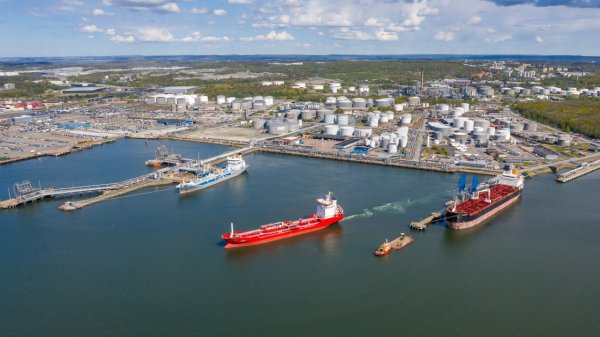
|
Swedish biomethane bunkered in Gothenburg
Test delivery performed by St1 and St1 Biokraft, who aim to become large-scale suppliers. |
|
|
|
||
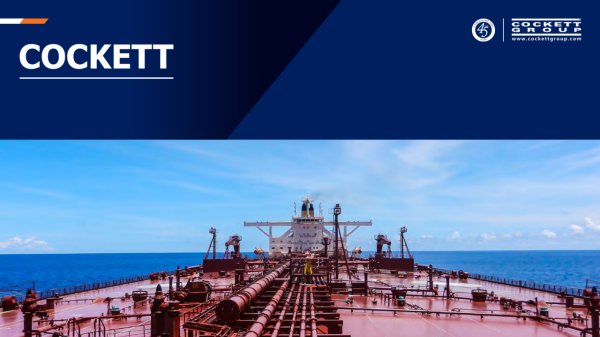
|
Cockett to be closed down after 45 years
End of an era as shareholders make decision based on 'non-core nature' of Cockett's business. |
|
|
|
||
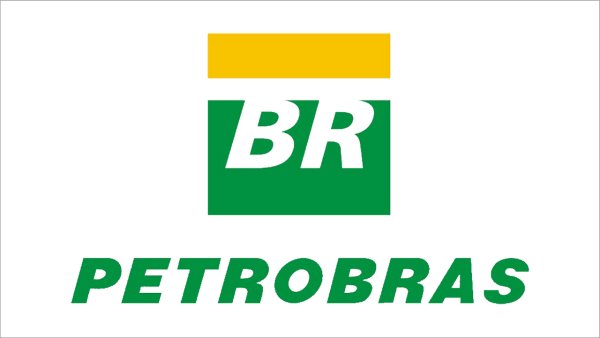
|
Petrobras confirms prompt availability of VLS B24 at Rio Grande
Lead time for barge deliveries currently five days. |
|
|
|
||
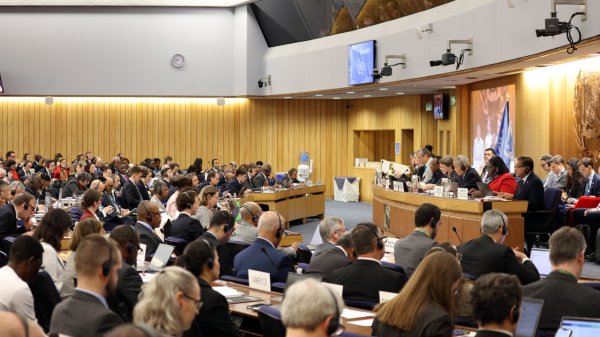
|
IMO approves pricing mechanism based on GHG intensity thresholds
Charges to be levied on ships that do not meet yearly GHG fuel intensity reduction targets. |
|
|
|
||

|
VARO Energy expands renewable portfolio with Preem acquisition
All-cash transaction expected to complete in the latter half of 2025. |
|
|
|
||

|
NYK trials biofuel in milestone coal carrier test
Vessel is used to test biofuel for domestic utility company. |
|
|
|
||
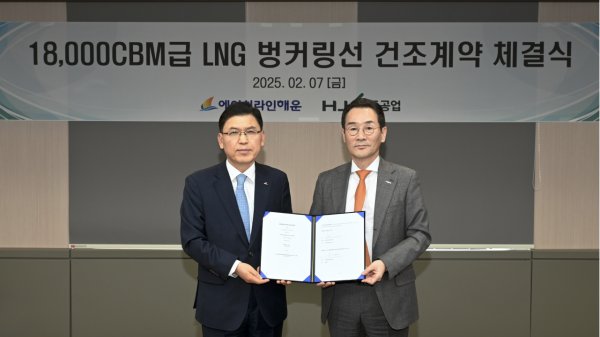
|
H-Line Shipping orders LNG bunkering vessel
Vessel with 18,000-cbm capacity to run on both LNG and MDO. |
|
|
|
||

|
How to engineer and manage green shipping fuels | Stanley George, VPS
Effective management strategies and insights for evolving fuel use. |
|
|
|
||

|
Swedish government bans scrubber wastewater discharges
Discharges from open-loop scrubbers to be prohibited in Swedish waters from July 2025. |
|
|
|
||
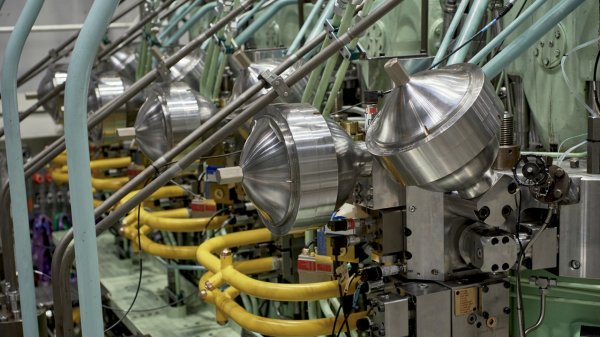
|
MAN Energy Solutions achieves 100% load milestone for ammonia engine
Latest tests validate fuel injection system throughout the entire load curve. |
|
|
|
||
Related Links
- · Port Everglades gets green light to explore cold ironing [Insights]
- · World's first cold ironing oil terminal unveiled [Insights]
- · Oakland to provide 'cold ironing' [Insights]
- · Borg: Agreed cold ironing standard is 'close' [Insights]
- · United States [Directory]
- · New York [Directory]

